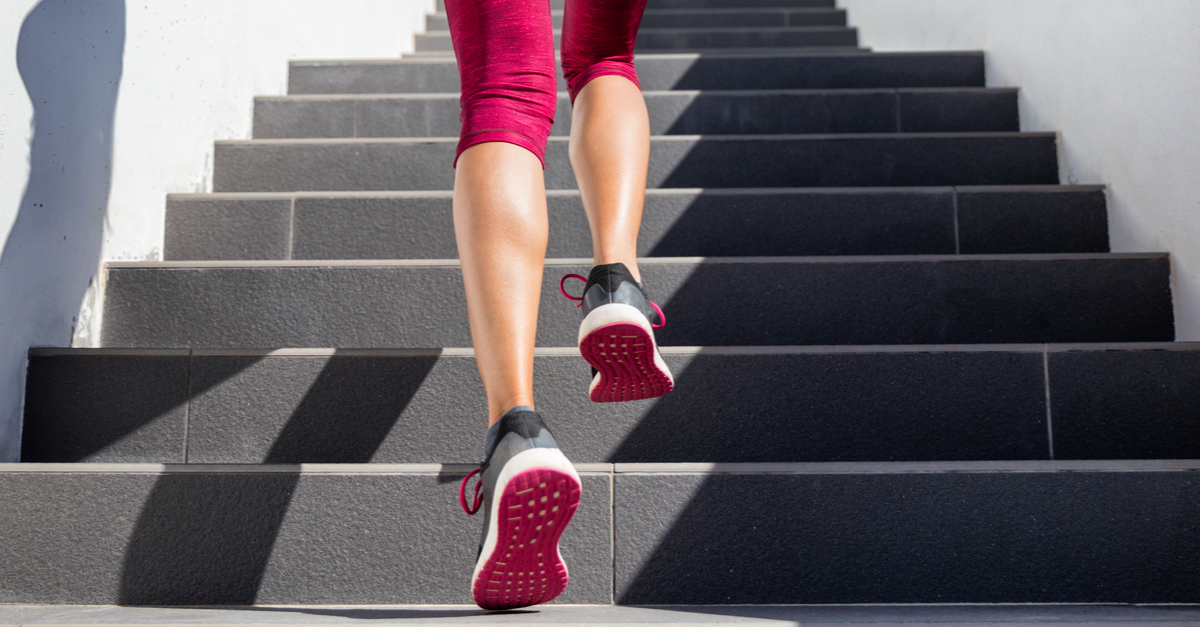There is so much talk around HIIT (High Intensity Exercise) these days but is it right for you and your health goals? Should you be training at Low Intensity or High Intensity? What exactly do they involve? When to apply them and why? First lets break it down to get a better understanding…
Exercise intensity is defined as how hard the exertion is during a given exercise and often measured in metabolic equivalent task (MET). One MET is known as the rate of energy expenditure at rest.
LOW INTENSITY
Low intensity is referred to any form of physical activity or exercise performed at a steady state requiring roughly 50% of your maximum heart rate with no rest periods in between. It is a low impact form of exercise that generally lasts for 30 minutes to 60 minutes in duration depending on the individual. Some examples of low intensity exercises include: walking, light jogging, rowing and swimming. The term “LISS” (low intensity steady state) is commonly used amongst gym goers and known for improving your cardiovascular fitness (how well the heart can supply oxygen and energy to your body). As mentioned it is low impact and minimal load and stress is placed on the body, so you’re able to talk throughout the workout, as you’re not out of breath. It can be beneficial for individuals who previously were sedentary such beginners just starting a new exercise regime with little to no exercise history. Low intensity exercise can be prescribed to people returning back to exercise post injury, to individuals with joint issues such at arthritis and the management of chronic diseases. A systematic review on 15 studies saw 11 of them result in physical and cognitive benefits in older adults aged 65 to 85 years of age who had participated in low-intensity exercises [1].
HIGH INTENSITY
High intensity training, more commonly referred to as “HIIT” (high intensity interval training) involves performing levels of high intensity or vigorous exercise for a shorter duration usually requiring up to 95% of your maximum heart rate. This is then coupled with intervals of moderate-low intensity exercises or active rest periods of a couple minutes. An example of a high intensity workout is starting off with 60 seconds of jogging followed by 30 seconds of sprints at maximal effort and repeating this several times. High intensity is challenging, so your breathing is deep and quick making it difficult to talk much without having to stop to catch your breath. This form of training is beneficial for those who have time constraint on their hands, as it often halves your session leaving you feeling pushed to your limits within 20-30 minutes. HIIT can increase your metabolism, which allows your body to burn more calories as you rest, this is known as excess post-exercise oxygen consumption (EPOC). Recent literature conducted on high intensity exercise produced positive outcomes for patients with Type 2 Diabetes, suggesting that it may restore heart function amongst this cohort despite no changes made in their diet and medication [2]. Furthermore, a 6-week trial of HIIT in 60-70 year olds illustrated decreases in blood pressure and improvements in physical function [3].
LISS cardio is aerobic (with oxygen) which is fuelled predominantly by stored fat whereas HIIT is anaerobic (without oxygen) and fuelled mainly by stored carbohydrates. Both low and high intensity-training types are beneficial for your cardiovascular health and fitness. They can increase your aerobic capacity, functional capacity and metabolic health.
WHAT’S RECOMMENDED?
The Australian Physical Activity Guidelines recommends the following:
• Minimum of 150 minutes of low-moderate intensity (LISS) (40% – <60%) physical activity or 75 minutes of vigorous intensity (HIIT)(>60%) physical activity or a combination of both
• 2 x sessions of strength training per week
• For adults aged 65 and over, at least 30 minutes of moderate physical activity on most, preferably all days is recommended
Contact us today at Northside Allied Health to work with one of our qualified Accredited Exercise Physiologists to determine which intensity and exercises are best suited to target your health and fitness goals!
References
1. Tse, A. C., Wong, T. W., & Lee, P. H. (2015). Effect of Low-intensity Exercise on Physical and Cognitive Health in Older Adults: a Systematic Review. Sports medicine – open, 1(1), 37. doi:10.1186/s40798-015-0034-8
2. Wilson, E.A., Wilkins, G.T., Cotter, J. D., Lamberts, R.R., Lal Sudish, & Baldi, J.C. (2019). HIIT Improves Left Ventricular Exercise Response in Adults with Type 2 Diabetes. Medicine & Science in Sports & Exercise, 2019; 51 (6): 1099 DOI: 10.1249/MSS.0000000000001897
3. Adamson, S., Lorimer, R., Cobley, J. N., Lloyd, R., & Babraj, J. (2014). High intensity training improves health and physical function in middle aged adults. Biology, 3(2), 333–344. doi:10.3390/biology3020333

